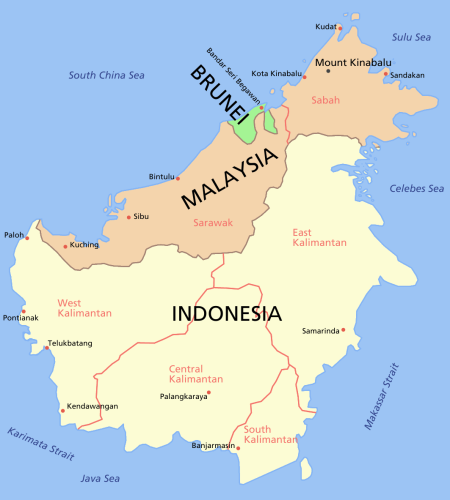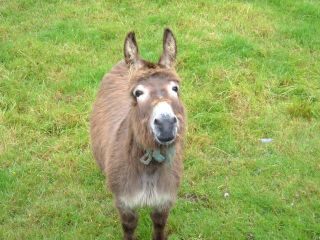Here’s an excerpt from the most detailed news report that I have found about the latest quakes that have hit Indonesia:
Two powerful earthquakes have hit eastern Indonesia, leaving at least three dead and dozens of people injured in the latest in a series of tremors to shake the archipelago.
A government official on Monday said at least 45 people were injured and dozens of buildings destroyed or damaged.
Indonesian officials said the first earthquake of magnitude 6.7 struck about 50km northwest of the island of Sumbawa just after midnight on Sunday. A second earthquake of magnitude 6.8 hit the same area about four hours later. The tremors were also felt on the nearby resort islands of Lombok and Bali.
One of the dead was reported to be a 5-year-old boy, killed by falling masonry. Suriyani, a local doctor, told AFP on Monday that most of the injured were being treated at the general hospital in the worst-affected district of Dompu on Sumbawa island. “We received 34 people injured. Some with slight injuries have gone home already but some 20 people are still under hospital treatment, with broken bones, open wounds and head injuries caused by collapsing walls.”
The Indonesian meteorological agency issued a tsunami warning but it failed to reach the media via the text messaging service usually used to send out alerts. “There were some problems with the technical equipment and the quake was read as being on land, when actually it was undersea,” Ali Imron, an agency official, told AFP. “The threat has already been lifted.”
Witnesses said electricity was temporarily cut in some places including a hospital, which was briefly evacuated, Antara state news agency reported. A worker at the hospital in Raba town about 50km east of Dompu said the tremors caused panic and led to the evacuation of 300 patients, but no casualties were reported in the area. “All the patients in the hospital rushed to the open air outside, they felt the quake quite strongly,” Nining told AFP. “There was panic but I have heard no reports of damage.”
Agung Prasetyo, a local police officer, said the ground shook violently for around 30 seconds.
Earlier on Sunday, a separate earthquake rattled residents on the west coast of Sumatra island causing dozens to flee their homes in the earthquake-prone region. No death or injuries were reported.

